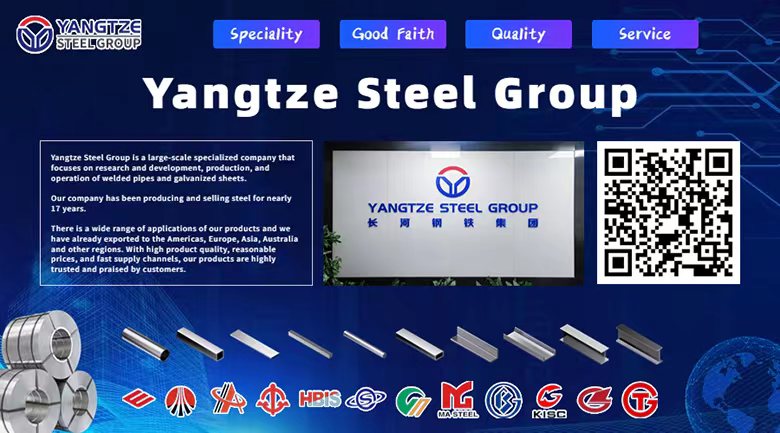Advantages and Disadvantages of Plastic-Lined Steel Pipes
Plastic-lined steel pipes, as a composite pipe that combines the advantages of steel pipes and plastic pipes, have a series of significant advantages and certain limitations. The following is a detailed analysis of its advantages and disadvantages:
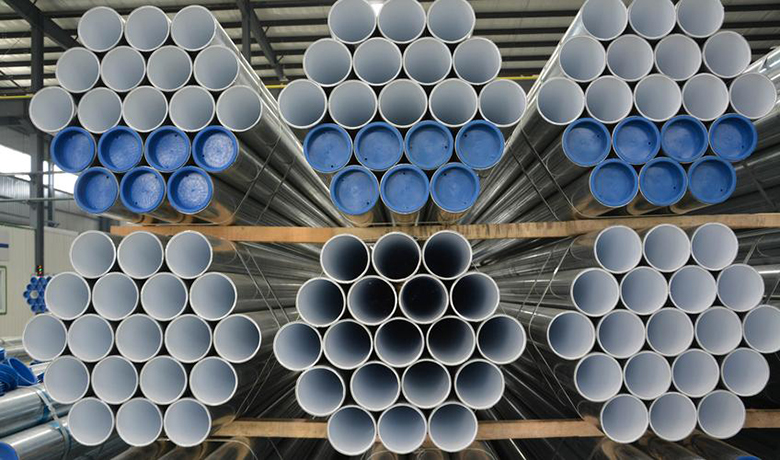
Advantages of Plastic-Lined Steel Pipes
1. Wide range of applications and complete specifications:
2. Strong corrosion resistance:
The inner wall of the plastic-lined steel pipe is coated with a layer of plastic (such as polyethylene, polyvinyl chloride, etc.). This plastic layer provides good corrosion resistance and can effectively prevent acid, alkali, salt and other corrosive media from corroding the steel pipe, thereby extending the service life of the pipeline.
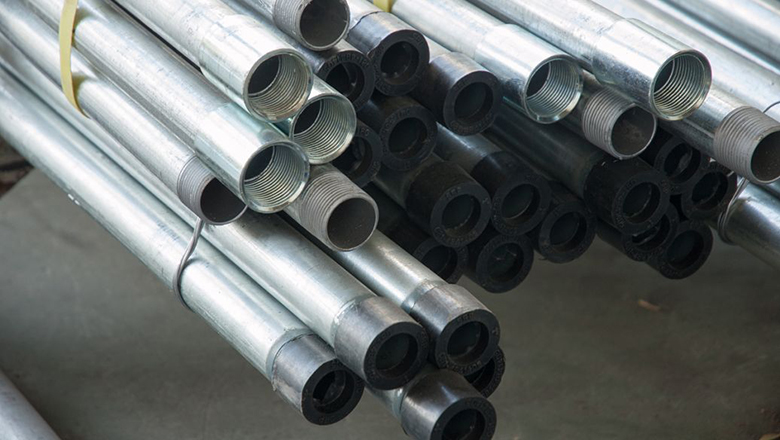
3. The connection methods of plastic-lined steel pipes are diverse:
Including flange connection, special clamp connection, groove (clamp) connection or threaded connection, etc., which is convenient for construction and maintenance.
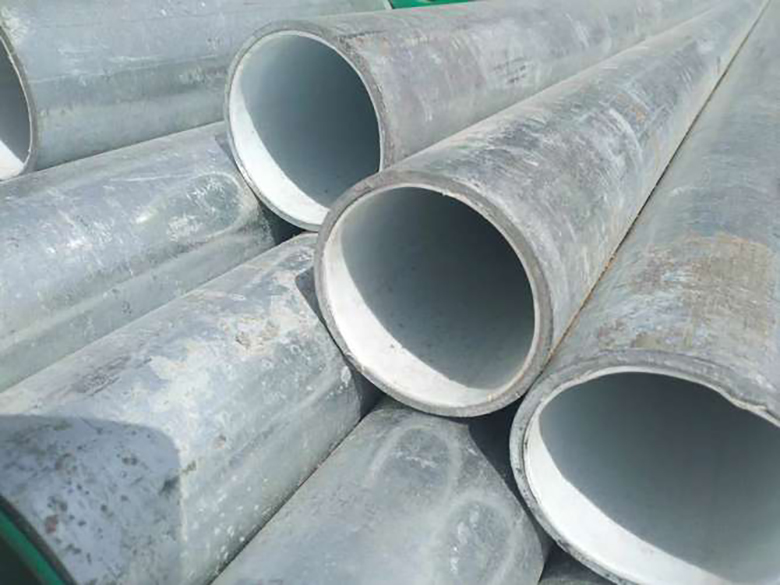
4. Smooth inner wall and low flow resistance:
The plastic lining layer is smooth and uniform, which reduces the resistance of the fluid and improves the transportation efficiency. In water supply and drainage projects, this feature can significantly reduce pipeline resistance and improve the flow efficiency of the fluid.
5. Reasonable wall thickness of welded pipe:
Compared with traditional galvanized steel pipes, the wall thickness is more reasonable and the economic potential is obvious.
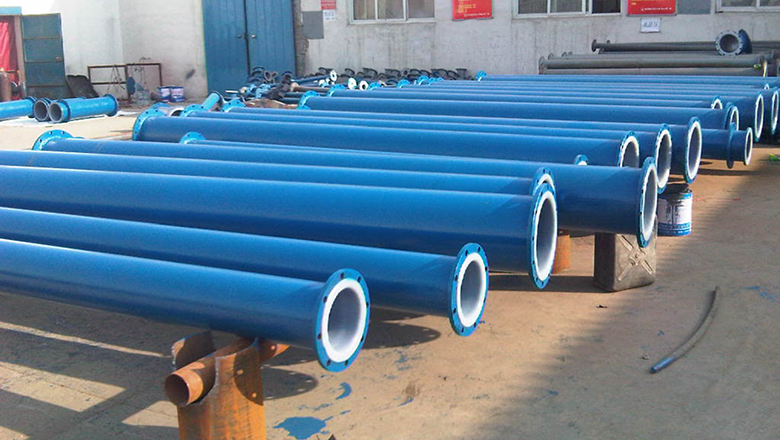
Disadvantages of plastic-lined steel pipes
1. High cost
2. Time-consuming and laborious installation
3. Cannot completely solve the problem of water pollution at the connection part of the pipe fittings
